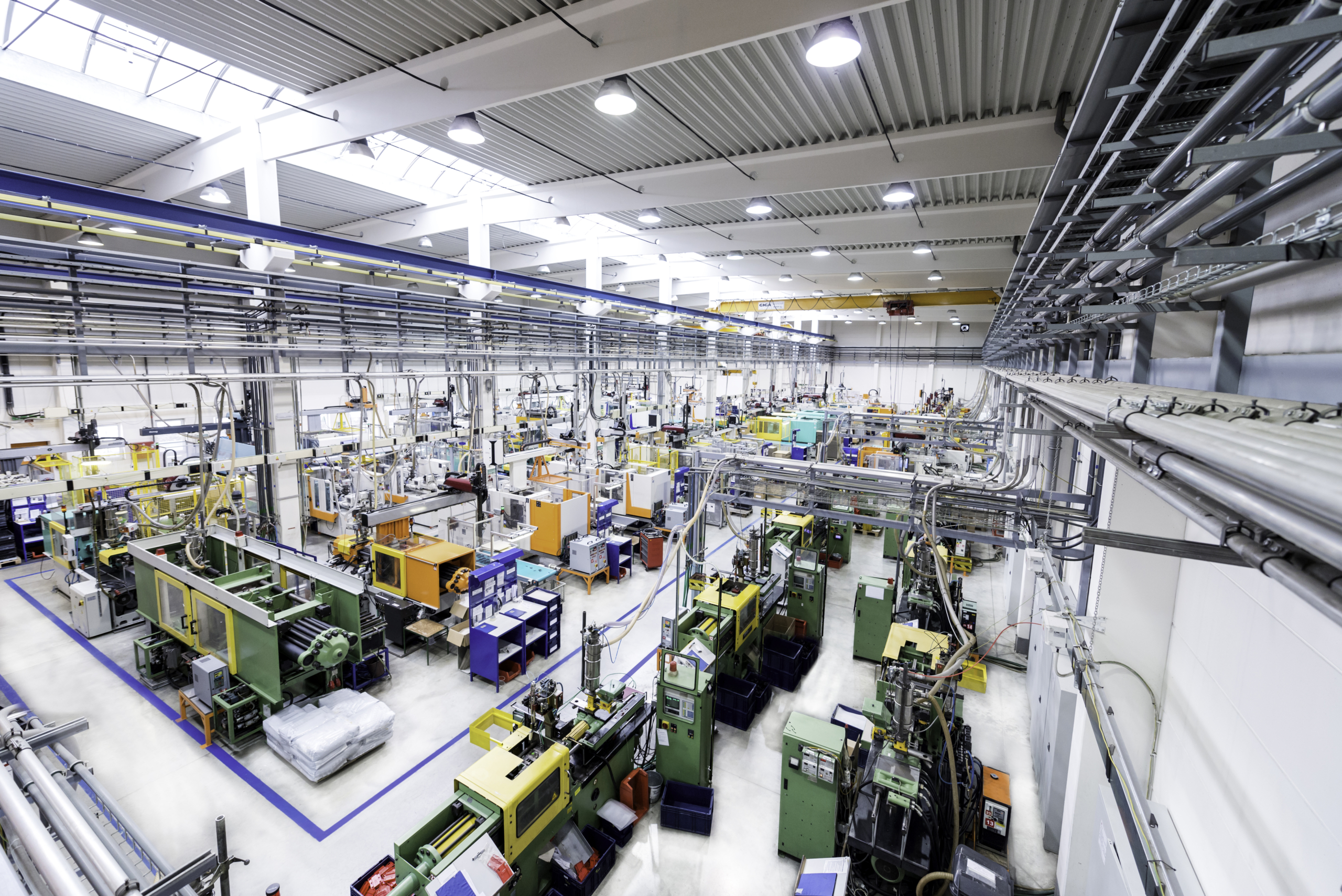
In the ever-evolving world of manufacturing, staying competitive requires more than just keeping up with the latest technology—it demands the ability to integrate new advancements with existing infrastructure. Many facilities rely on legacy systems that have powered production for decades. While these systems remain functional, they often lack the flexibility, efficiency, and connectivity required for modern automation. That’s where system integrators play a critical role.
At Automation Solutions of America (ASA), we specialize in bridging the gap between traditional industrial equipment and the latest automation systems. Our approach ensures that manufacturers can modernize their operations without the costly and disruptive process of completely replacing legacy systems. Through seamless integration, advanced controls, and future-ready automation, we help businesses enhance efficiency, improve data accessibility, and extend the lifespan of their existing investments.
The Challenge of Legacy Systems in Modern Manufacturing
Manufacturers often face a dilemma when dealing with outdated systems. While legacy equipment may still perform its intended function, it often operates in isolation, unable to communicate with newer machines, software, or networks. This disconnect can create inefficiencies, increase downtime, and limit the ability to scale operations.
Some common challenges of outdated systems include:
- Limited Connectivity – Older machinery may not be compatible with modern Industrial Internet of Things (IIoT) solutions, making real-time data collection difficult.
- Increased Downtime – Aging equipment can be prone to failure, and replacement parts may no longer be available.
- Lack of Automation – Many legacy systems require manual operation, reducing overall efficiency and increasing labor costs.
- Cybersecurity Risks – Without modern security protocols, older control systems can be vulnerable to cyber threats.
Replacing an entire manufacturing infrastructure is rarely feasible due to cost, time, and operational disruptions. Instead, the smarter solution is system integration, which allows manufacturers to enhance existing systems by incorporating modern automation and control technologies.
ASA’s System Integration Approach: Modernizing Without Disrupting
ASA takes a strategic, customized approach to system integration, ensuring that manufacturers can continue using their legacy equipment while reaping the benefits of modern automation. Our method prioritizes efficiency, cost savings, and seamless transitions to new technology.
Assessment and Custom Planning
Every manufacturing facility is unique, which is why ASA begins with a thorough evaluation of existing systems. Our team works closely with manufacturers to assess current infrastructure, identify pain points, and determine the most effective integration strategy. Whether it’s upgrading control panels, introducing SCADA systems, or integrating IIoT solutions, we develop a tailored plan that meets both immediate and long-term goals.
Bridging Old and New with Advanced Automation Systems
Rather than replacing entire systems, ASA focuses on enhancing functionality through advanced automation systems. We implement programmable logic controllers (PLCs), human-machine interfaces (HMIs), and industrial controls that allow legacy equipment to communicate with newer technologies. These additions provide better process control, improved efficiency, and real-time data monitoring.
For example, a food processing facility using decades-old packaging machines may struggle with inconsistent performance. Instead of replacing the entire line, ASA can integrate new automation controls that regulate speed, adjust temperature settings, and provide instant feedback on machine performance. This not only improves product quality but also reduces waste and downtime.
SCADA and IIoT for Enhanced Monitoring and Control
One of the most valuable upgrades manufacturers can implement is SCADA (Supervisory Control and Data Acquisition). SCADA systems provide centralized control and monitoring of industrial processes, giving operators complete visibility over production lines. When combined with IIoT solutions, manufacturers gain access to real-time performance data, predictive maintenance alerts, and remote system control.
A manufacturer struggling with frequent machine breakdowns can leverage SCADA and IIoT to detect early warning signs of mechanical failures, schedule proactive maintenance, and avoid costly downtime. ASA specializes in designing and implementing these solutions to keep manufacturing operations running smoothly.
Improving Cybersecurity for Legacy Systems
Older industrial control systems were not designed with modern cybersecurity threats in mind. ASA helps manufacturers safeguard their equipment by integrating cybersecurity measures into their automation upgrades. This includes adding secure access controls, network segmentation, and encrypted data communication, reducing the risk of cyberattacks that could disrupt production.
Training and Long-Term Support
The transition to modern automation doesn’t end after installation. ASA provides hands-on training for operators and maintenance teams, ensuring they are confident in using new technologies. Additionally, our long-term support services help businesses adapt to future challenges, implement updates, and maximize the value of their integrated systems.
The Benefits of Modernizing Legacy Systems
By partnering with ASA for system integration, manufacturers gain a competitive edge through improved efficiency, reduced costs, and enhanced operational flexibility. Some key benefits include:
- Extended Equipment Lifespan – Instead of replacing costly machinery, upgrading with automation allows manufacturers to maximize their existing assets.
- Greater Productivity – Automated systems reduce manual intervention, optimize workflows, and speed up production cycles.
- Real-Time Data and Analytics – Connected systems provide valuable insights into performance, allowing for smarter decision-making.
- Energy Efficiency – Modern automation systems optimize energy use, leading to lower operational costs and sustainability improvements.
- Scalability – With integrated automation, manufacturers can easily expand their production capabilities without overhauling existing infrastructure.
Future-Proof Your Operations with ASA
Manufacturing is evolving, and companies that fail to adapt risk falling behind. At Automation Solutions of America, we believe that modernization doesn’t have to mean starting from scratch. Our expertise in system integration and automation systems allows us to bring legacy equipment into the future, ensuring manufacturers remain competitive in an increasingly digital world.
If your facility is struggling with outdated equipment or disconnected systems, ASA is here to help. Contact us today to learn how our customized integration solutions can transform your operations and set you up for long-term success.